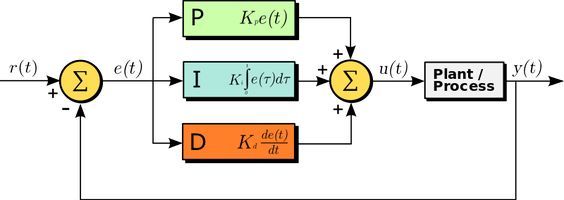Ziegler Nichols Open Loop Tuning Method

Nichols of taylor instruments now part of abb instrumentation in rochester n y published two techniques for setting p t i and t d to achieve a fast though not excessively oscillatory closed loop step response.
Ziegler nichols open loop tuning method. Although the quarter amplitude damping type of tuning provides very fast rejection of disturbances it makes the loop very oscillatory often causing. Their open loop technique is illustrated by the reaction curve in the figure. The zeigler nichols open loop tuning method is a way of relating the process parameters delay time process gain and time constant to the controller parameters controller gain and reset time. Determine the sign of process gain e g.
It was developed by john g. But before we jump right into the tuning method here are a few important things you should know first. This article describes the second method. Ziegler and nathaniel b.
It is performed by setting the i integral and d derivative gains to zero. The p proportional gain. Ziegler nichols method closed loop p controltest step 1. Ziegler and nichols proposed a two step method for tuning a loop.
In 1942 john g. The process reaction curve method often called the ziegler nichols open loop tuning method. The ziegler nichols open loop method is based on the step response of the uncontrolled process themethodisasfollows. In contrast to the first tuning technique presented by ziegler and nichols in their landmark 1942 paper where the process was made to oscillate using proportional only automatic control and the parameters of that oscillation served to define pid tuning parameters their second tuning technique did not even rely on the presence of a controller.
They devised a test for quantifying behavior of a process in terms of how fast and how much the process variable changes when the control effort changes. Implement a proportional control and introducing a new set point. Ziegler and nathaniel b. The ziegler nichols tuning methods aim for a quarter amplitude damping response.
Increase proportional gain until sustained periodic oscillation. It has been developed for use on delay followed by first order lag processes but can.


























